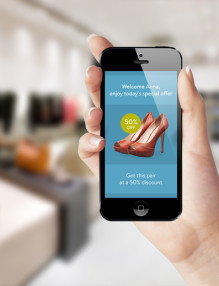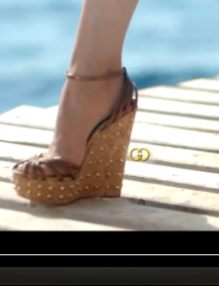Many luxury fashion brands still do not sell their products online. There are many factors that may be contributing to this, but the main reasons are as follows:
- a need to adjust online sales (e-commerce/m-commerce) to what the customer is accustomed to; brand relationship, service quality, certainty of getting the right size, quick delivery,
- a fear of returns,
- a need to adjust the sales channel to the vision and heritage of the brand
Putting off the entry into online sales is rational, yet dangerous. What makes customers love luxury brands offline is also, paradoxically, what makes these brands ignore their customers online. Their concern for providing the highest quality of service makes them ignore the customers’ need for quick purchasing and high availability. This limits access to luxury goods, not only in developing countries but also in the United States and the European Union.

The Richest US States – map shows people who are worth more than $30 million. Courtesy of Wealth-X
This is especially true for the USA, where rich people do not live exclusively on the coasts or in the South anymore. This can be seen in the example of Chanel (which by the way, is entering the e-commerce segment soon) – the so-called flyover states, such as Wisconsin, are completely devoid of the possibility of purchasing its products.

Chanel stores in the US (Source: Google Maps at Chanel.com, Printscreen, October 2015)
Little activity in the e-commerce segment, together with a lack of experience in measurable online activities, also result in a poor UX (User Experience). An infamous example of this is Hugo Boss, whose site is, in my opinion, completely devoid of usability (Hugo Boss gives an opportunity to shop online, but it’s hard to find a way to do this). The Chanel website, despite its great design experiments, is not entirely practical for desktop users either. The mind-map-like design, however, works great on mobile devices. The question is: has the popularity of browsing the internet on a desktop dropped to the point where desktop users are no longer worth caring about? Not really.

Number of Global Users (Millions) (Source: comScore chart based on Morgan Stanley Research)

Chanel Fashion Website (Source: Chanel.com – printscreen, October 2015)
Online fashion boutiques – helping fashion brands

Previous:
Allegro: the creation of the 5th avenue of Central European e-commerce

Next:
Had my make-up lesson from Yves Saint Laurent and Google Glass
You may also like
-
 04 Apr
04 Aprshop this look – shoppable music video
fashion retailHere’s an inspiration for fashion designers – how to sell your clothes? And for fashion bloggers – ...
-
 13 Feb
13 FebFrom the beginnings of the fashion ecommerce, through social shopping, to a vision of the clothes and accessories shops of the future
fashion retailFashion ecommerce – beginnings were bad It took a long time for a fashion industry ...
-
 29 Jan
29 Jan„Shoppable” video by Gucci – own cruise 2013 collection by a click – pluses and minuses
fashion retailSome time ago I wrote about the very first music video, thanks to which you ...
-
 20 Oct
20 OctInternet of things in fashion: an interactive mirror as part of a store’s interior design
fashion retailA while ago, a few of my tech friends shared a new discovery they stumbled ...
